Home>Gardening & Outdoor>Plant Care & Gardening Tips>What Is A Baby Wildflower Called
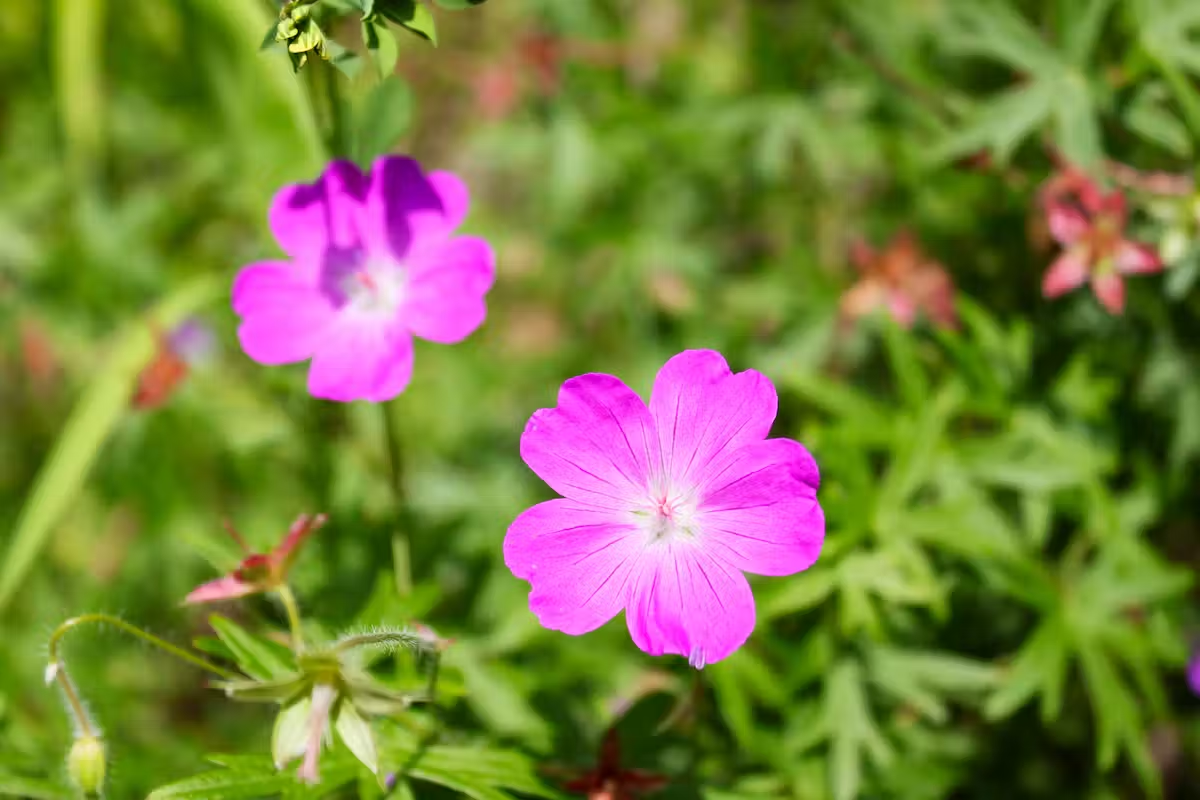

Plant Care & Gardening Tips
What Is A Baby Wildflower Called
Modified: October 20, 2024
Discover what a baby wildflower is called and get expert plant care and gardening tips. Learn how to nurture your garden with our comprehensive advice.
(Many of the links in this article redirect to a specific reviewed product. Your purchase of these products through affiliate links helps to generate commission for Storables.com, at no extra cost. Learn more)
**
Introduction
**
Welcome to the enchanting world of wildflowers! These delicate and vibrant blooms have long captured the hearts of nature enthusiasts, gardeners, and poets alike. As we embark on this journey, let's delve into the intriguing realm of baby wildflowers, exploring their significance and the endearing names they are bestowed with in various regions.
In the vast tapestry of nature, the emergence of baby wildflowers symbolizes the promise of renewal and the beauty of new beginnings. These tender, nascent blooms possess a captivating allure, drawing our attention to the intricate cycles of growth and regeneration that unfold in the natural world.
Join me as we unravel the mysteries surrounding these precious blossoms, discovering the diverse appellations they are known by and gaining a deeper understanding of their profound significance. Let's embark on a captivating exploration of baby wildflowers, celebrating their charm and the vital role they play in sustaining the rich tapestry of our ecosystems.
Key Takeaways:
- Baby wildflowers, like “Bluebell Babies” and “Fairy Lanterns,” symbolize new beginnings and play a vital role in sustaining ecosystems by providing habitats and nourishment for various creatures.
- Baby wildflowers are essential for preventing soil erosion, promoting biodiversity, and inspiring awe and creativity, showcasing the interconnectedness of all living beings and the enduring beauty of the natural world.
Read more: What Is A Wildflower Habitat
Definition of a Baby Wildflower
When we speak of baby wildflowers, we are referring to the early stages of growth in the life cycle of a wildflower. These delicate blossoms, often characterized by their diminutive size and tender petals, represent the initial phase of a wondrous journey towards full bloom. As these young wildflowers unfurl their petals, they exude an irresistible charm, captivating all who behold their ephemeral beauty.
At this nascent stage, baby wildflowers embody the essence of potential and promise, embodying the innate resilience and adaptability that are hallmarks of the natural world. From the moment they emerge from the fertile earth, these tiny blooms embark on a remarkable odyssey, braving the elements and unfurling their delicate petals in a breathtaking display of vitality.
It is within the realm of baby wildflowers that we witness the awe-inspiring miracle of life, as each bud evolves into a stunning flower, contributing to the splendor of meadows, woodlands, and prairies. The delicate hues and intricate patterns of these fledgling blooms serve as a testament to the boundless creativity of nature, enchanting us with their ethereal beauty.
As we observe the tender emergence of baby wildflowers, we are reminded of the intricate interconnectedness of all living beings, and the vital role that these blossoms play in sustaining the delicate balance of our ecosystems. Their presence not only enriches the landscape with color and fragrance but also provides nourishment and shelter for a myriad of creatures, fostering a harmonious coexistence within the natural world.
Names for Baby Wildflowers in Different Regions
Across diverse landscapes and cultures, baby wildflowers are celebrated and cherished, each region bestowing upon them unique and endearing names that reflect the local language, traditions, and folklore. Let’s embark on a captivating journey as we unveil the charming appellations of these tender blooms in various regions:
-
Bluebell Babies (United Kingdom): In the verdant meadows and woodlands of the United Kingdom, the delicate buds of baby wildflowers are affectionately referred to as “Bluebell Babies,” paying homage to the enchanting bluebell blooms that carpet the countryside in a breathtaking display of color.
-
Fairy Lanterns (North America): Across the woodlands and prairies of North America, the nascent blossoms of wildflowers are lovingly called “Fairy Lanterns,” evoking a sense of whimsy and enchantment as they illuminate the natural landscape with their ethereal presence.
-
Dewdrop Darlings (Scandinavia): In the picturesque landscapes of Scandinavia, the tender buds of baby wildflowers are known as “Dewdrop Darlings,” capturing the essence of their delicate beauty and the glistening allure they exude in the soft light of dawn.
-
Sunbeam Sprouts (Australia): Amid the sun-drenched plains and coastal regions of Australia, the emerging wildflower buds are fondly named “Sunbeam Sprouts,” symbolizing the radiant energy and vitality they embody as they unfurl their petals under the golden rays of the sun.
These endearing names not only reflect the intrinsic charm of baby wildflowers but also serve as a testament to the deep-rooted connection between humanity and the natural world, encapsulating the timeless wonder and reverence that these blossoms inspire across continents and generations.
A baby wildflower is called a seedling. Keep in mind that wildflowers can also grow from bulbs, corms, or rhizomes, not just seeds.
Importance of Baby Wildflowers
The significance of baby wildflowers extends far beyond their delicate appearance, encompassing a myriad of ecological, aesthetic, and cultural contributions that enrich our lives and the natural world. Let’s explore the profound importance of these tender blooms and the invaluable role they play in sustaining the intricate tapestry of our ecosystems:
-
Biodiversity and Habitat Preservation: Baby wildflowers serve as vital components of diverse ecosystems, providing essential habitats and sustenance for a myriad of pollinators, insects, and small animals. Their presence fosters biodiversity, supporting the delicate balance of flora and fauna within natural landscapes and contributing to the resilience of local ecosystems.
-
Erosion Control and Soil Health: The intricate root systems of baby wildflowers play a crucial role in preventing soil erosion, anchoring the earth and preserving its structure. Additionally, their presence enhances soil health, promoting nutrient cycling and fostering a fertile environment for other plant species to thrive.
-
Aesthetic Beauty and Cultural Inspiration: Beyond their ecological significance, baby wildflowers captivate the human spirit with their ethereal beauty, inspiring artists, writers, and poets across the ages. Their delicate blooms adorn meadows, woodlands, and gardens, infusing these landscapes with a sense of wonder and tranquility that resonates deeply within the human soul.
-
Pollination and Seed Dispersal: As baby wildflowers mature into full bloom, they play a pivotal role in the vital processes of pollination and seed dispersal, facilitating the reproduction of countless plant species and perpetuating the cycle of life within natural habitats.
From their role in sustaining biodiversity to their capacity for inspiring awe and creativity, baby wildflowers embody the intricate interconnectedness of all living beings and the enduring beauty of the natural world. As we cherish and protect these delicate blossoms, we honor the rich tapestry of life that thrives within our midst, nurturing a profound appreciation for the wondrous gifts bestowed upon us by the earth.
Conclusion
As we draw near the culmination of our exploration into the captivating realm of baby wildflowers, we are reminded of the profound significance and enduring allure of these tender blooms. From their early stages as delicate buds to their transformation into resplendent blossoms, baby wildflowers embody the timeless rhythms of growth, resilience, and interconnectedness that define the natural world.
Through our journey, we have unveiled the endearing names bestowed upon these nascent blossoms in diverse regions, each appellation reflecting the unique cultural tapestries and natural landscapes from which they emerge. Whether known as “Bluebell Babies” in the United Kingdom, “Fairy Lanterns” in North America, “Dewdrop Darlings” in Scandinavia, or “Sunbeam Sprouts” in Australia, these tender blooms inspire a sense of wonder and reverence that transcends geographical boundaries.
Furthermore, we have delved into the profound importance of baby wildflowers, recognizing their pivotal role in sustaining biodiversity, preserving habitats, and enriching the aesthetic and cultural tapestry of our world. From fostering soil health and erosion control to facilitating pollination and seed dispersal, these delicate blossoms weave a tapestry of life that sustains the delicate balance of our ecosystems.
As we bid farewell to this enchanting exploration, let us carry forth a deep appreciation for the intricate beauty and ecological significance of baby wildflowers. May we continue to nurture and protect these tender blooms, recognizing them as precious ambassadors of the natural world, and embracing the timeless wisdom they impart about the interconnectedness of all living beings.
And so, as we venture forth, may the delicate charm and enduring resilience of baby wildflowers inspire us to cherish the wondrous gifts of nature and cultivate a profound reverence for the vibrant tapestry of life that surrounds us.
Frequently Asked Questions about What Is A Baby Wildflower Called
Was this page helpful?
At Storables.com, we guarantee accurate and reliable information. Our content, validated by Expert Board Contributors, is crafted following stringent Editorial Policies. We're committed to providing you with well-researched, expert-backed insights for all your informational needs.
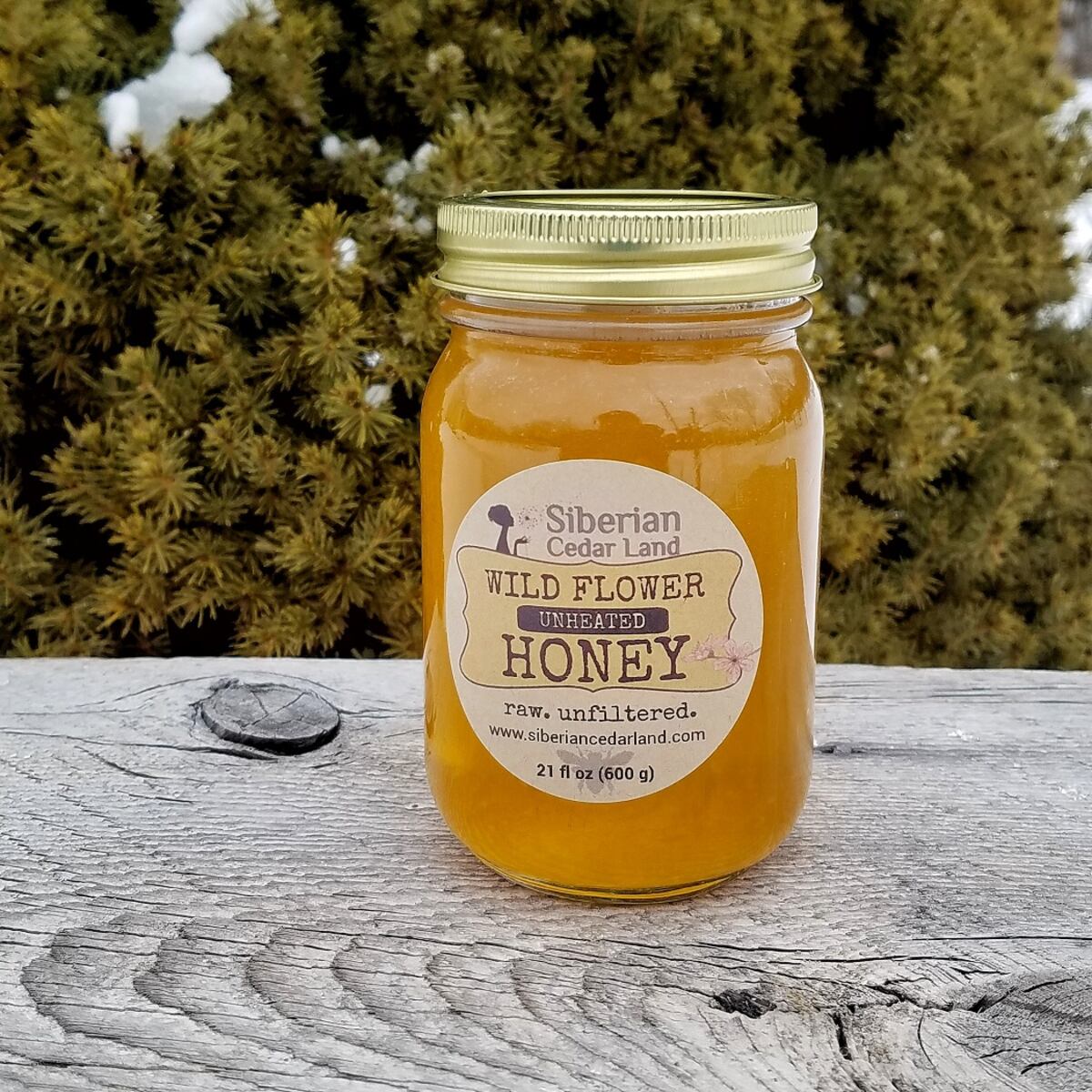

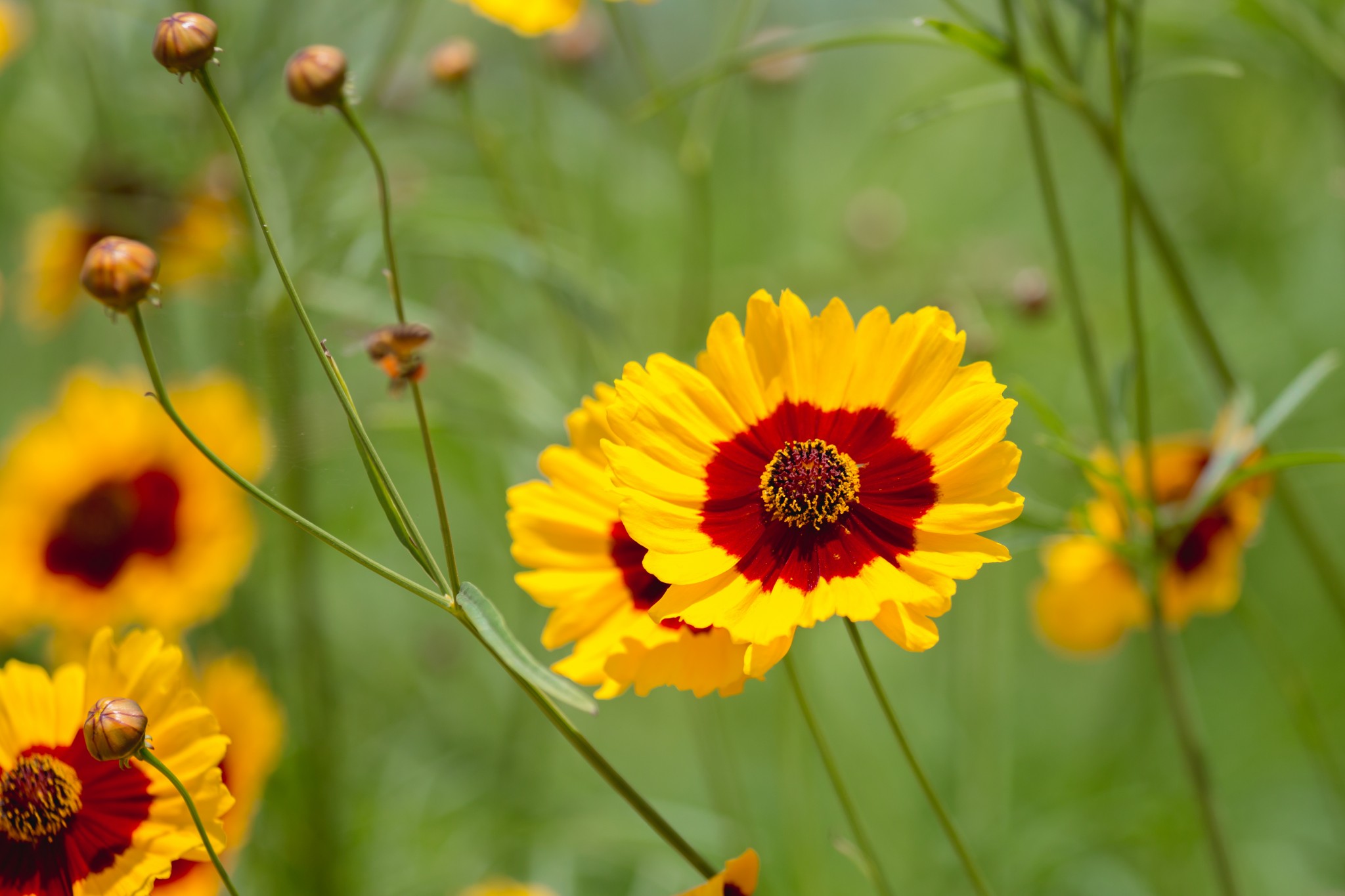
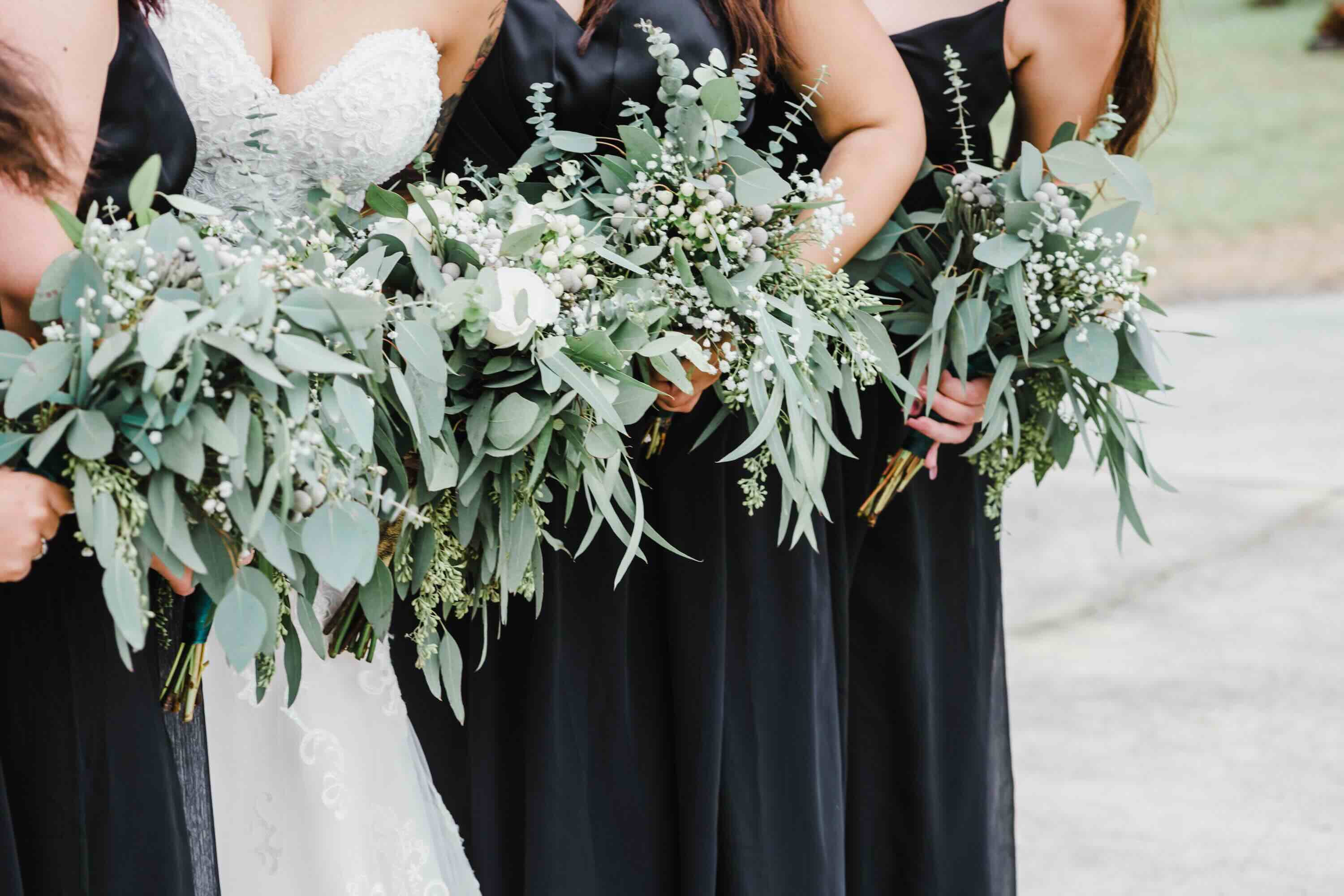
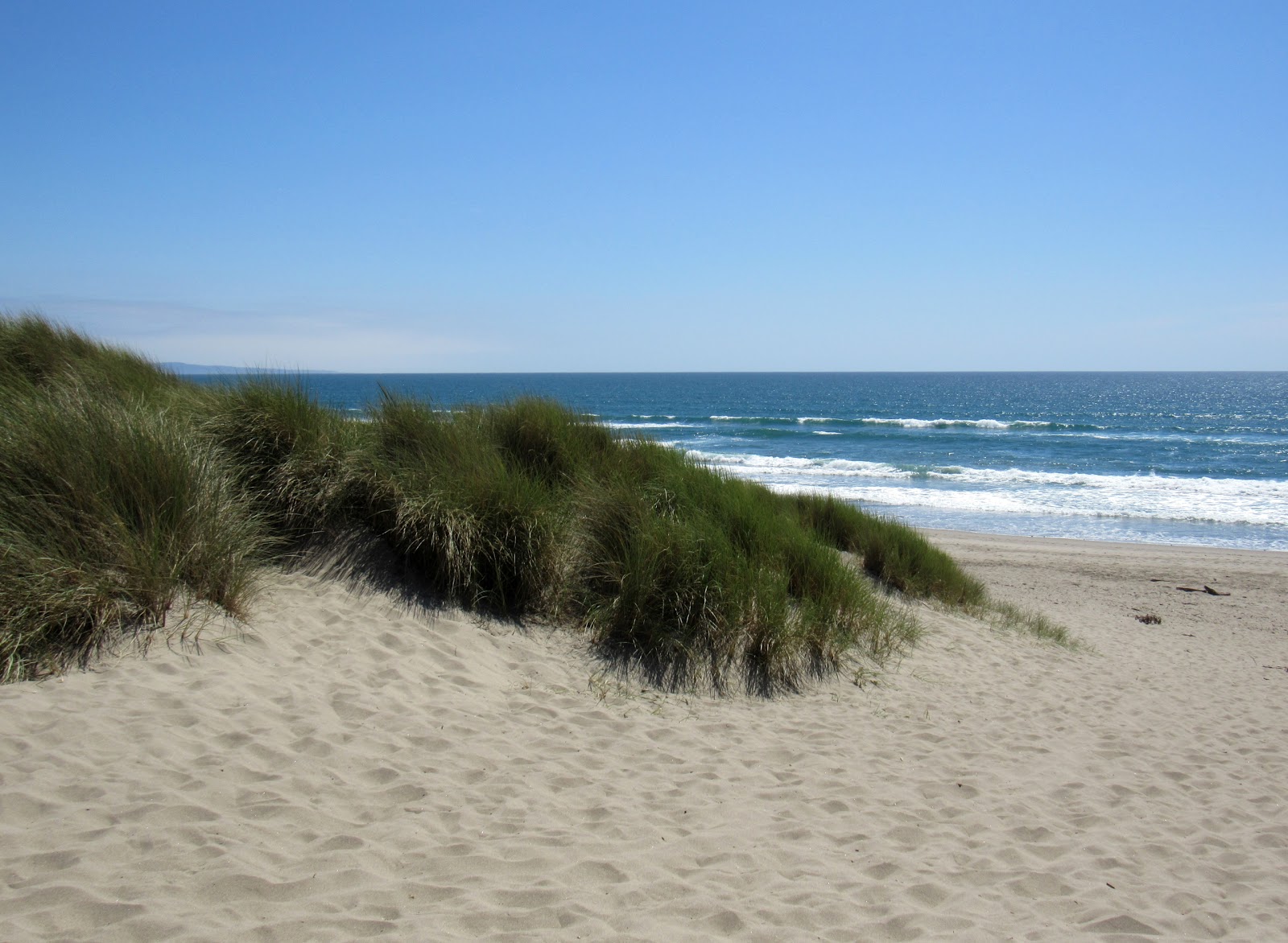
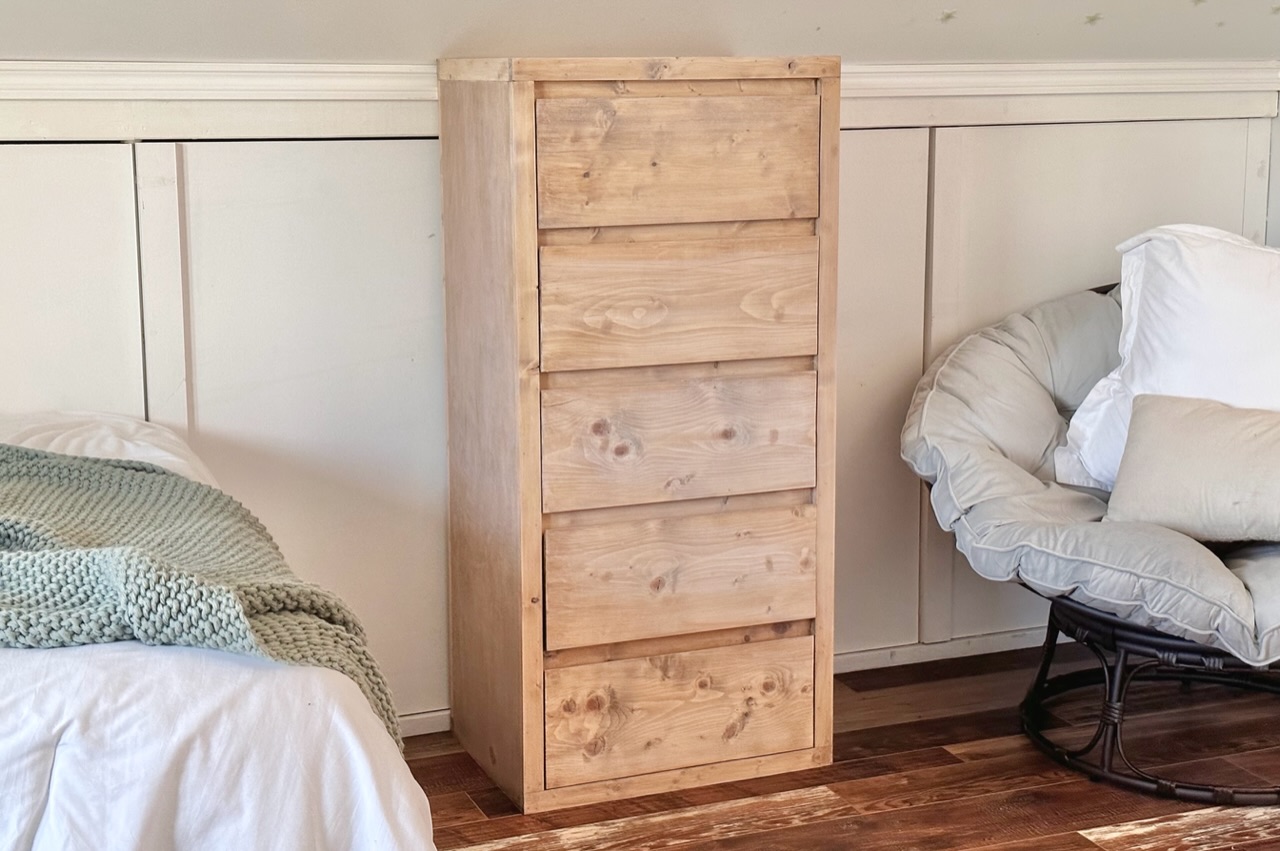


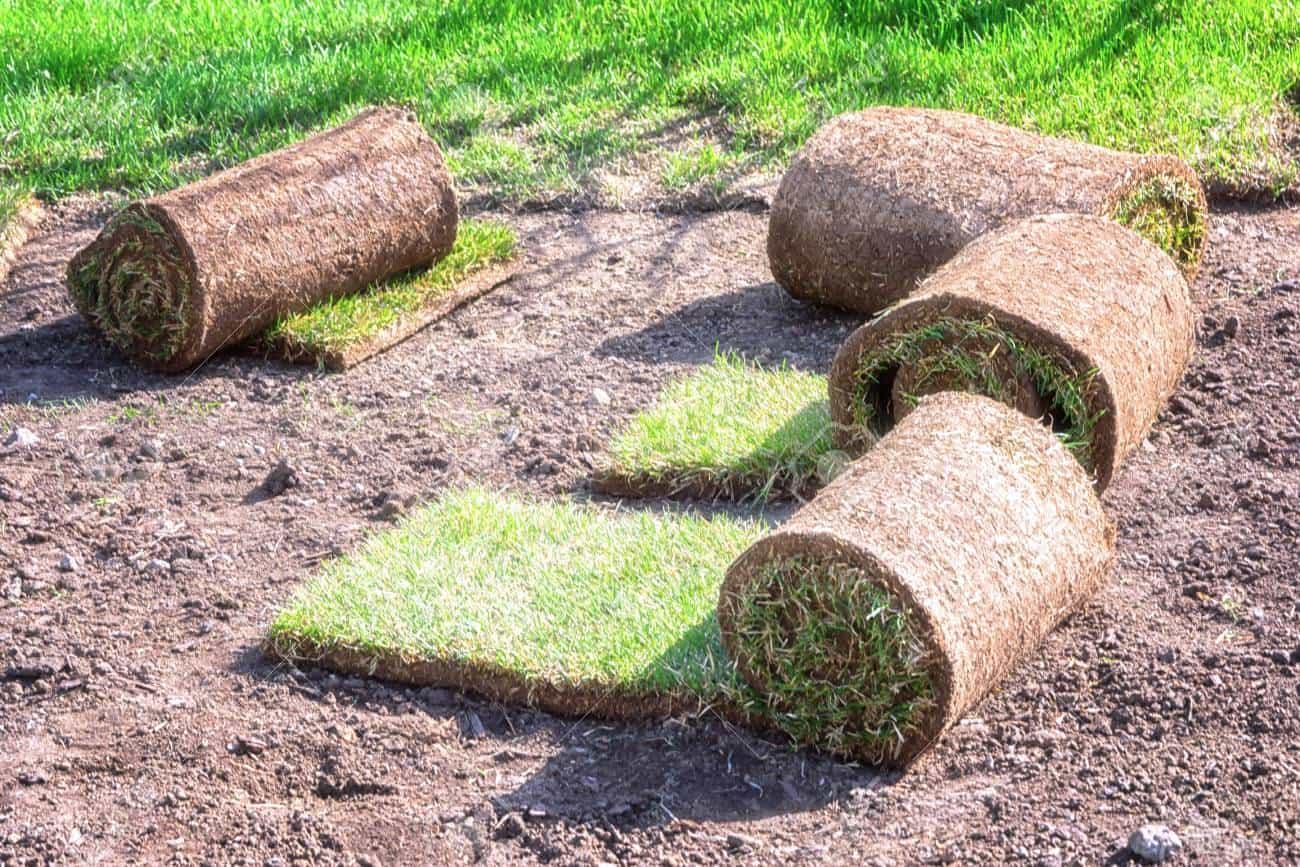




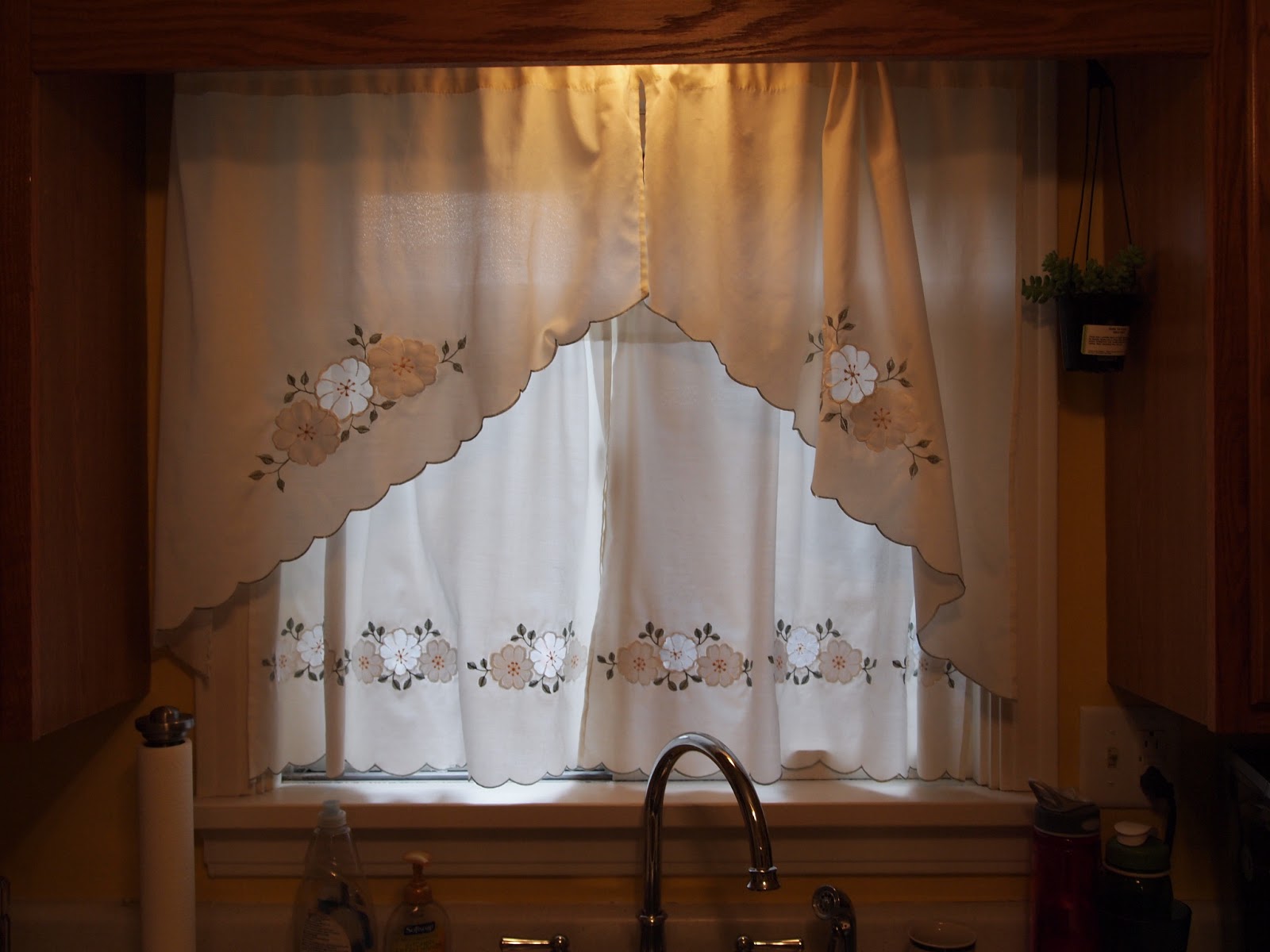


0 thoughts on “What Is A Baby Wildflower Called”